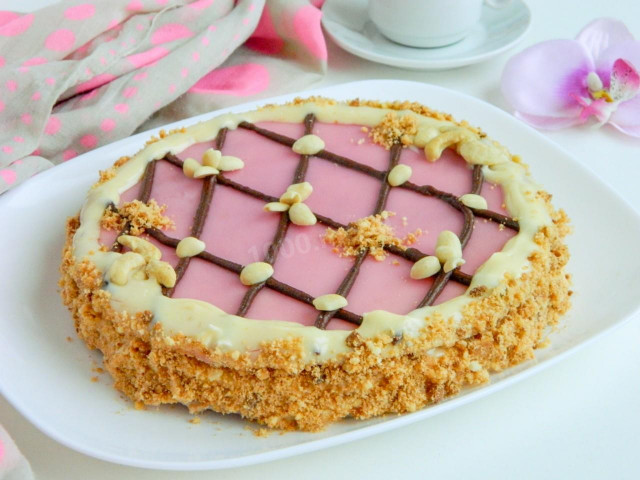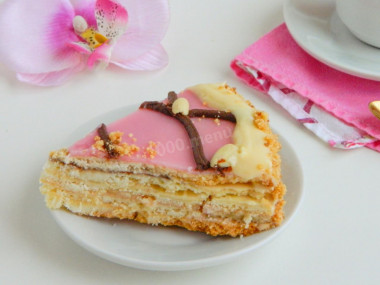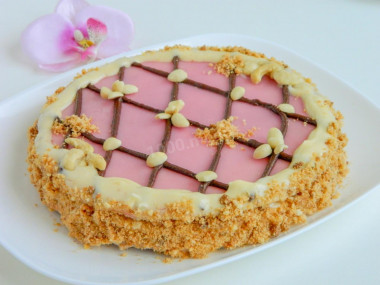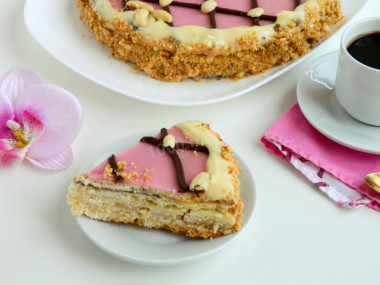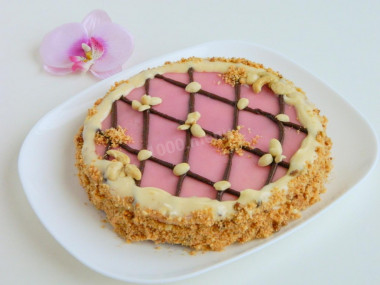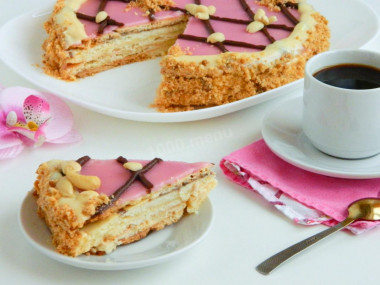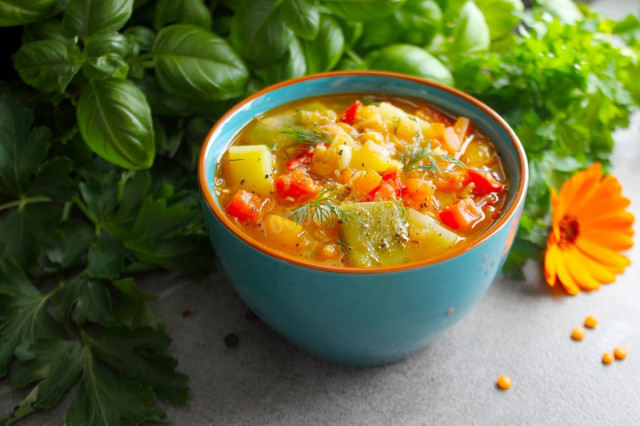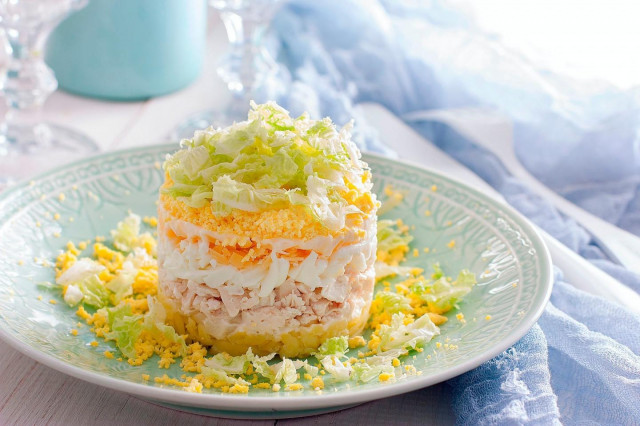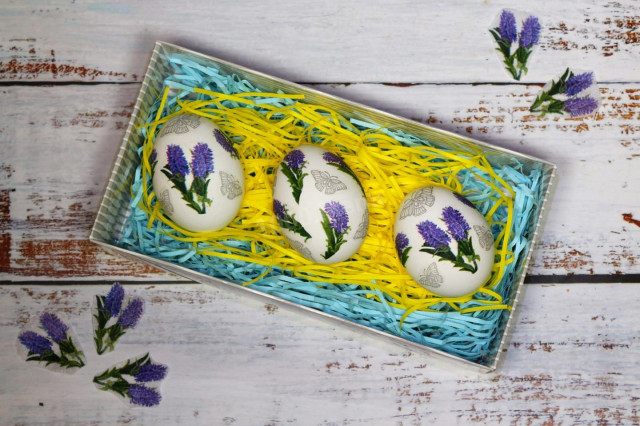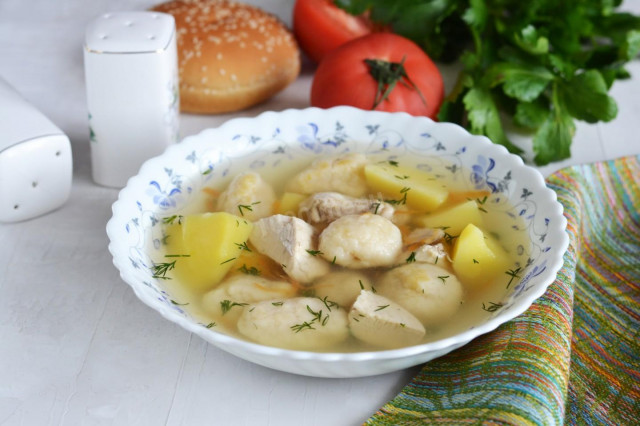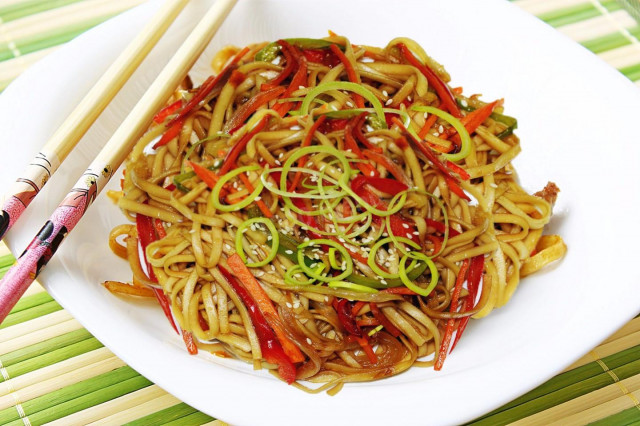Composition / ingredients
Step-by-step cooking
Step 1:
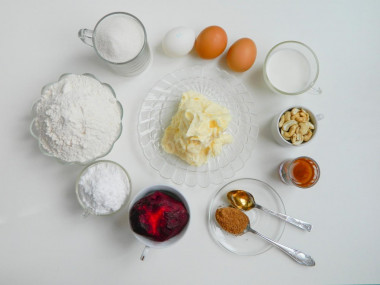
Prepare all the necessary ingredients. Remove the butter from the refrigerator for 3-4 hours beforehand, it should be soft. Take the flour of the highest grade, eggs - C0, milk - fat content of at least 2.5%. Wash the eggs with soap. Pre-sift the flour to saturate with air and separate small debris.
Step 2:
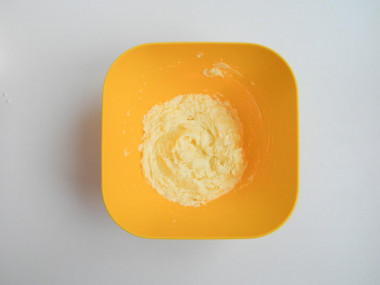
Start with the test. To make it convenient to mix the ingredients and knead the dough, take a deep bowl. Thoroughly use a spoon to grind sugar, butter, egg and salt. Add flour in small portions, kneading each time. Since flour of the same variety from different manufacturers differs in properties, this may affect the consistency of the dough. The dough should be soft and plastic and not spread.
Step 3:
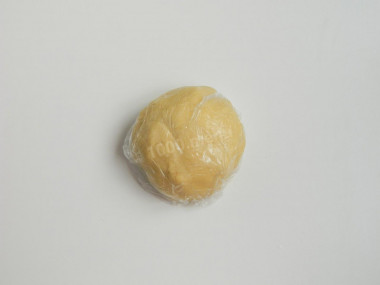
Wrap the resulting dough with cling film so that it does not dry and does not chafe, and send it to the refrigerator for 40 minutes. While the dough is cooling, preheat the oven to 200 ° C. Prepare parchment, a rolling pin and a round plate or mold for squeezing cakes with a diameter of 18-20 cm.
Step 4:
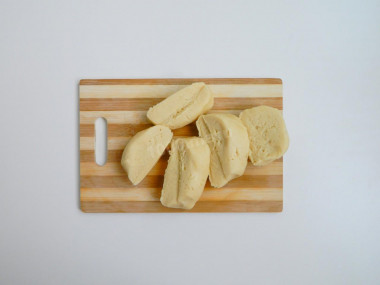
Divide the cooled dough into 5 identical pieces. I cut it with a knife, and then weighed it. Each piece turned out to be about 130 grams. Leave one piece, put the rest back in the refrigerator and take out one by one.
Step 5:

Better take non-stick parchment. Divide it into 5 pieces about 30x30 cm in size so that the cake fits on it. Since the cake is made of soft dough and very thin, it is problematic to transfer it, roll out the dough directly on the parchment.
Step 6:
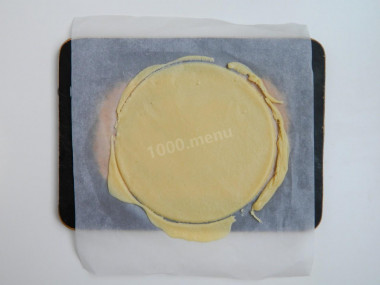
After rolling out the dough, squeeze out a round cake using a plate or mold. Leave the resulting excess parts of the dough and bake with them together. Bake on a baking sheet at a temperature of 200 ° C for 8-10 minutes on top + bottom mode. Everyone has different ovens, and accordingly cakes will be baked in different ways - some faster, some slower. Therefore, after 5 minutes, carefully opening the oven door, we check.
Step 7:
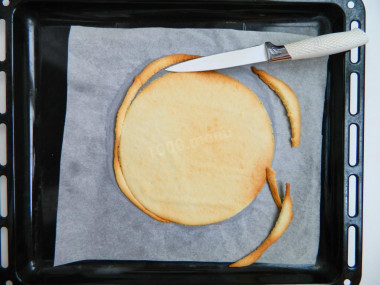
The cake should be light yellow. If you touch it with your finger, it should not be soft. The cake turns out to be very fragile. While the cake is hot, separate the edges with a knife if they are glued to the cake. When it cools down, it will be more difficult to do so as not to break the cake. Put all the pieces in a separate bowl. They will be useful to you when you collect the cake. Bake all 5 cakes this way. While the cakes are cooling, prepare the cream.
Step 8:
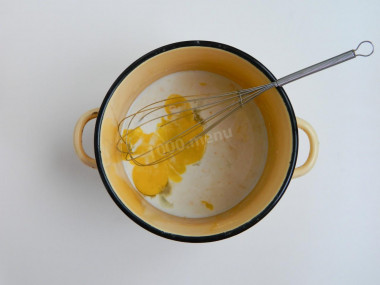
Separate the yolks from the whites. Above the plate with a knife, beat the shell in the center of the egg and split it into 2 halves. Pour the egg from one half of the shell into the other until all the protein flows into it. The yolk will remain in the shell. In a small saucepan or saucepan, mix the milk, sugar, 2 yolks and liqueur. I replaced the liqueur with apricot liquid jam, since the cake will be eaten by children.
Step 9:
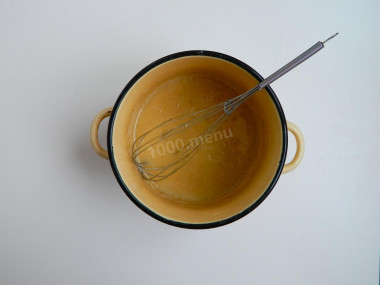
Mix everything thoroughly and cook over low heat so that the yolk does not boil, stirring constantly. You should get a thickened syrup. It is not necessary to bring it to a boil. Remove from heat and leave to cool.
Step 10:
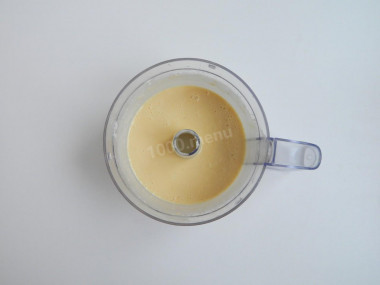
Beat the butter with a mixer. Add the cooled syrup in a thin stream and continue to beat until fluffy and smooth. Send the resulting cream to the refrigerator for 15 minutes.
Step 11:
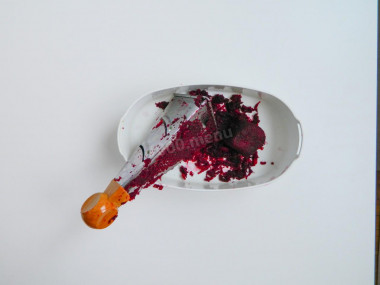
If you do not have food coloring, take a small piece of peeled beetroot, grate it on a fine grater. Wrap it in gauze or a bandage and squeeze out the juice. Beet juice is a wonderful natural dye. Leave the juice, we will add it to the glaze. You need to work with the glaze quickly, as it dries and thickens quickly.
Step 12:
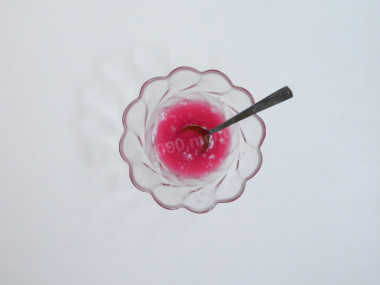
To prevent it from happening that all the cream will go to lubricate the cakes and will not remain for decoration, we will first make out the top cake. Start by making the glaze. Pour half of the powdered sugar into a bowl and add boiling water little by little. Mix thoroughly so that the powder dissolves, but the glaze should not be liquid. In consistency, it should be like thick sour cream. Gently add a drop of beet juice on the tip of a knife or using a pipette.
Step 13:
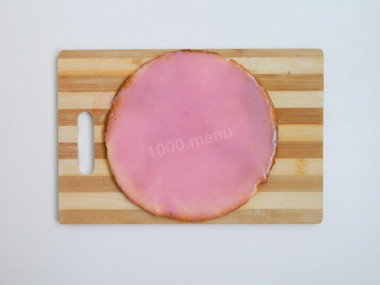
The glaze should be a soft pink color. Pour it on the cake and spread it all over the cake with a silicone brush. Put the spread cake in the refrigerator for 5 minutes so that the glaze freezes faster. If the glaze is transparent, apply another layer.
Step 14:
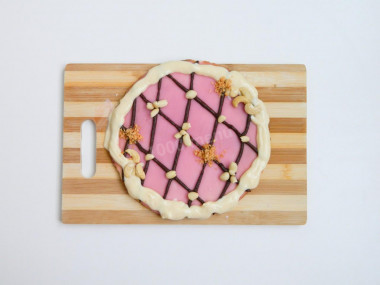
Pour the remaining powdered sugar into a bowl with icing, also add boiling water in small portions. Then gradually add cocoa powder. The glaze should be thick and not spread. Using a thin nozzle of a pastry syringe, apply a chocolate mesh over the pink glaze. Change the nozzle to a syringe and apply a wide strip of cream along the edge of the cake. Garnish with peanuts and cashews on your own. Put the decorated top of the cake in the refrigerator.
Step 15:
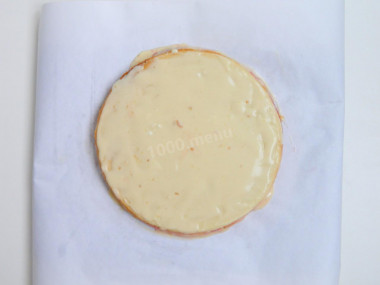
Chop the remaining dough into fine crumbs. Divide the remaining cream into 5 equal parts: 4 for greasing the cakes and 1 for the sides of the cake. Lubricate the cakes and carefully place them in an even cake. Cover with a decorated cake. Brush the sides with cream and sprinkle with crumbs. Leave the cake to soak for 3-4 hours. But it is better if it stands longer, so it will soak better.
The cake turned out to be very beautiful and delicious.
I really liked the taste. I wouldn't have subtracted or added anything.
There was only one drawback in the cooking process. The cake comes out small in weight. Next time I'll make a double portion.
--------------------
Be prepared for the fact that flour may require a little more or, conversely, less than indicated in the recipe. You need to focus on how the dough should turn out (dense, soft, liquid, etc.). There is a lot of useful information about why flour, even of the same variety, can have completely different properties,
read this article
.
Keep in mind that everyone's ovens are different. The temperature and cooking time may differ from those specified in the recipe. To make any baked dish turn out successfully, use the useful information in the article about ovens here .
Caloric content of the products possible in the composition of the dish
- Whole cow's milk - 68 kcal/100g
- Milk 3.5% fat content - 64 kcal/100g
- Milk 3.2% fat content - 60 kcal/100g
- Milk 1.5% fat content - 47 kcal/100g
- Concentrated milk 7.5% fat content - 140 kcal/100g
- Milk 2.5% fat content - 54 kcal/100g
- Chicken egg - 157 kcal/100g
- Egg white - 45 kcal/100g
- Egg powder - 542 kcal/100g
- Egg yolk - 352 kcal/100g
- Ostrich egg - 118 kcal/100g
- Beetroot - 40 kcal/100g
- Dried beetroot - 278 kcal/100g
- Boiled beets - 49 kcal/100g
- Raw peanuts with shell - 564 kcal/100g
- Raw peanuts without shells - 568 kcal/100g
- Boiled peanuts - 376 kcal/100g
- Roasted peanuts with shell - 582 kcal/100g
- Roasted and salted peanuts - 585 kcal/100g
- Peanuts nuts - 568 kcal/100g
- Granulated sugar - 398 kcal/100g
- Sugar - 398 kcal/100g
- Butter 82% - 734 kcal/100g
- Amateur unsalted butter - 709 kcal/100g
- Unsalted peasant butter - 661 kcal/100g
- Peasant salted butter - 652 kcal/100g
- Melted butter - 869 kcal/100g
- Cocoa powder - 374 kcal/100g
- Cherry liqueur - 299 kcal/100g
- Baileys Liqueur - 327 kcal/100g
- Liquor - 327 kcal/100g
- Cashews - 561 kcal/100g
- Salt - 0 kcal/100g
- Water - 0 kcal/100g
- Wheat flour - 325 kcal/100g
- Powdered sugar - 374 kcal/100g

